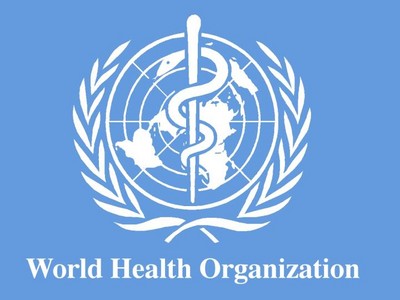 People who delay or refuse vaccines for themselves or their children are presenting a growing challenge for countries seeking to close the immunisation gap, the World Health Organisation (WHO) has said.
People who delay or refuse vaccines for themselves or their children are presenting a growing challenge for countries seeking to close the immunisation gap, the World Health Organisation (WHO) has said.
It said globally, one in five children still do not receive routine life-saving immunisations, and an estimated 1.5 million children still die each year of diseases that could be prevented by vaccines that already exist, according to the WHO.
In a special issue of the journal Vaccine, guest-edited by WHO and published on Tuesday which was made available to the Ghana News Agency, experts review the role of vaccine hesitancy in limiting vaccine coverage and explore strategies to address it.
It said vaccine hesitancy refers to delay in acceptance or refusal of safe vaccines despite availability of vaccination services.
It explained that the issue is complex and context specific, varying across time, place and vaccines.
Adding that it is influenced by factors such as misinformation, complacency, convenience and confidence.
“Vaccines can only improve health and prevent deaths if they are used, and immunisation programmes must be able to achieve and sustain high vaccine uptake rates. Vaccine hesitancy is an increasingly important issue for country immunisation programmes,” said Dr Philippe Duclos, Senior Health Adviser for WHO’s Immunisation, Vaccines and Biological Department and guest editor of the special issue, entitled WHO recommendations regarding vaccine hesitancy.
The authors of the editorial of the journal note, “As the recent Ebola crisis tragically brought to light, engaging with communities and persuading individuals to change their habits and behaviours is a lynchpin of public health success. Addressing vaccine hesitancy is no different.”
The recommendations proposed by WHO aim to increase the understanding of vaccine hesitancy, its determinants and challenges.
They also suggest ways organisations could increase acceptance of vaccines, share effective practices, and develop new tools to assess and address hesitancy.
It said concerns about vaccine safety could be linked to vaccine hesitancy, but safety concerns are only one of many factors that may drive hesitancy.
The journal pointed out that vaccine hesitancy could be caused by other factors such as: negative beliefs based on myths like vaccination of women leads to infertility; misinformation; mistrust in the health care professional or health care system; the role of influential leaders; costs; geographic barriers and concerns about vaccine safety.
But the authors note there is no “magic bullet,” or single intervention strategy that works for all instances of vaccine hesitancy.
It indicated that the magnitude and setting of the problem varies and must be diagnosed for each instance to develop tailored strategies to improve vaccine acceptance.
It said effective communication is key to dispelling fears, addressing concerns and promoting acceptance of vaccination.
It observed that vaccine hesitancy is not only an issue in high income countries, but is a complex, rapidly changing global problem that varies widely.
It said interviews with immunization managers from WHO regions revealed that while in some cases particular rural ethnic minorities and remote communities were affected; in other areas wealthy urban residents expressed concerns regarding vaccine safety.
The journal said: “In some areas concerns are related to subgroups of religious or philosophical objectors.
“Determinants of vaccine hesitancy can act both as barriers and promoters: For example, a higher level of education does not necessarily predict vaccine acceptance, the experts note.
“In fact, a number of studies identify higher education as a potential barrier to vaccine acceptance in some settings, while other studies identify education as a promoter of vaccine acceptance in different areas.
“Even fear of needles can be a factor for vaccine refusal and WHO will issue, in September 2015, a position paper on pain mitigation.”
Source: GNA























